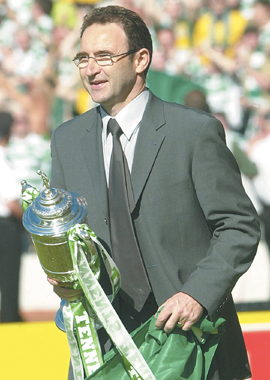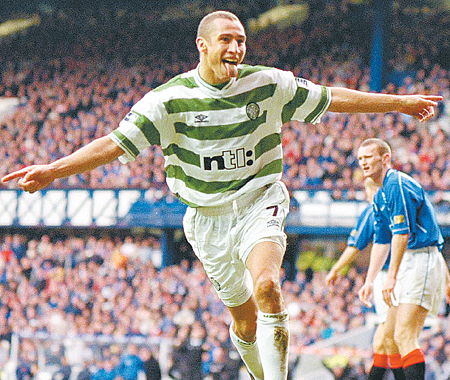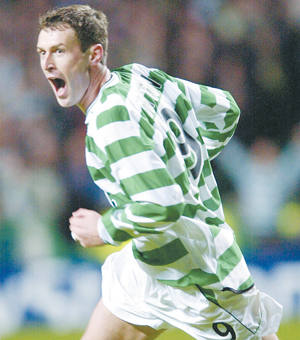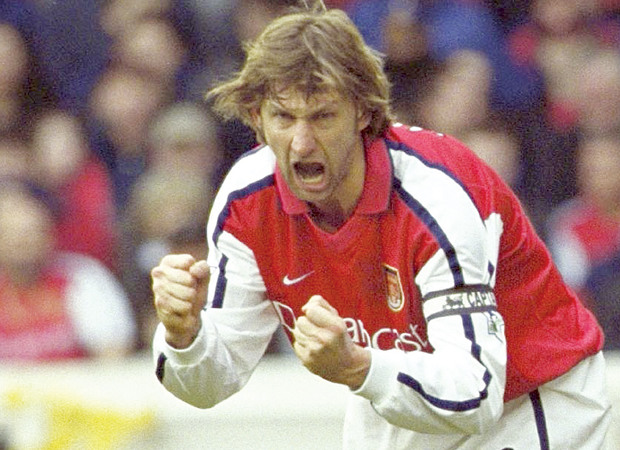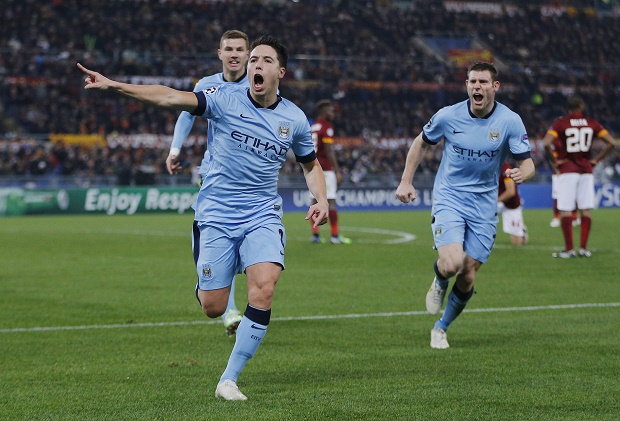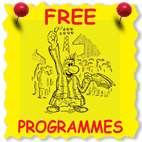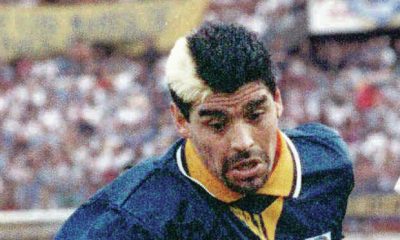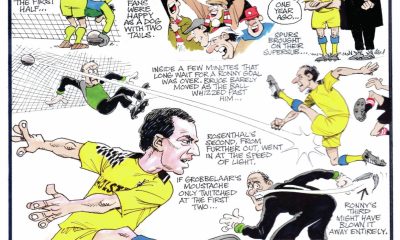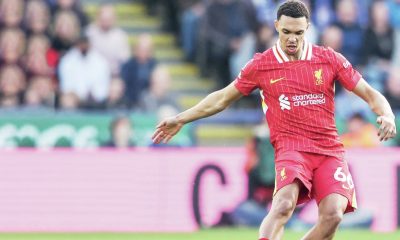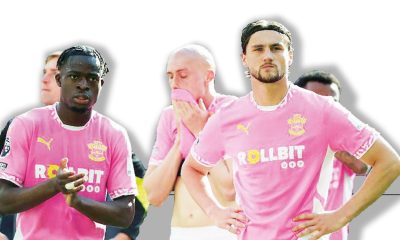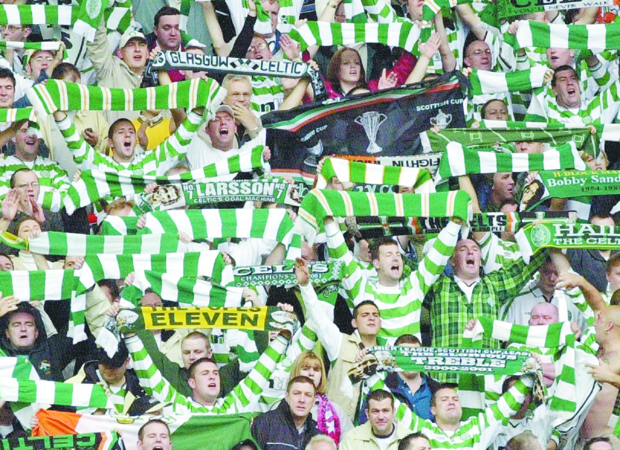
WHILE walking down Byers Road in Glasgow’s West End, I found myself stopping to enter the Oxfam charity shop that occupies a building there.
I went in for a wander, a way of killing time that did not involve having to talk to those charity people who try and stop you and want you to open a direct debit for their cause.
Before you say anything, I’m very much aware of the irony of using Oxfam to prevent this from happening.
Anyway, while browsing the vast collection of second-hand books on offer, I came across ‘My Favourite Year’, edited by Nick Hornby – a collection of short stories from the early 1990s by writers about their favourite season while supporting their football team.
Anecdotes varied from Harry Ritchie’s portrayal of Raith Rovers season as Division One champions in 1992-93 to Olly Wicken’s season as a ballboy for Watford in 1974-75.
Having purchased it for a mere £2.50, memories were triggered of my own favourite season when I was a cheeky nine-year-old travelling to Celtic Park with my father.
Statistically, the 2000-2001 season was a great year for Celtic. Martin O’Neill’s arrival from Leicester City had seen with it the arrival of trophies – the domestic treble to be precise.
Henrik Larsson, on return from a career-threatening injury the season before, returned from Sweden’s Euro 2000 squad to win the European Golden Boot with 53 goals.
The league was captured at a canter – only three games were lost, although one of them was an embarrassing 5-1 defeat at Ibrox. But, perhaps most embarrassing was the fact that Tore Andre Flo was on the scoresheet that day.
Saying that, the other two defeats occurred after the league title had been sealed.
Most impressively about the 2000-2001 campaign, the league was won before the league split into two tiers of six – the footballing equivalent of winning a majority using the Additional Member System (the mixed member proportional representation voting system used in Scotland, Wales and the London Assembly in case you were wondering – Ed).
What perhaps made this season so enjoyable was that it was diametrically opposed to the season before and the ill-fated “John Barnes era”.
As it turned out, the only career that was threatened following Larsson’s leg-break wasn’t Larsson’s but Barnes’.
What was a promising start under Barnes soon nose-dived, culminating in “that night” against Inverness Caledonian Thistle – a match that I was unfortunate enough to attend on a cold, wet January evening (and one that sparked the infamous headine of SUPER CALEY GO BALLISTIC, CELTIC ARE ATROCIOUS).
It was all made worse by the fact that Inverness were technically my local team. I am from Fort William but I always justified my reasoning behind supporting Celtic over Inverness by arguing that I was older than ICT, as they were established when I was three.
It’s an argument I still use, granted in an immature manner. I still remember my nine-year-old insatiable angst at Eyal Berkovic that night, his apparent lack of effort in my eyes was worthy of the death penalty.
Yet the following season was different. Gone were players whose hunger was the subject of question, replaced by players who would not shirk from a challenge. It was the first season of Neil Lennon, Chris Sutton and Alan Thompson.
For the first time in my life Celtic were spending big money too. Lennon and Sutton weren’t cheap, nor were future signings like John Hartson. Between the three of them Celtic forked out nearly £20million. I’m unsure if I’ll ever see Celtic spend that sort of money on transfers again.
Previously, it had always been the neighbours that spent the big money. As David Murray once famously said: “For every fiver Celtic spend we will spend a tenner.” It might be quite a while before that phrase is uttered again.
Nothing quite epitomised the change in approach from Celtic quite like the emphatic 6-2 win over Rangers in August of that season.
On a personal front I consider that particular season my favourite for an important reason, it was when I first started becoming interested in writing about football.
I remember the exact memory so clearly. It was December, a couple of days before my tenth birthday, and I had just been to see Celtic trounce Aberdeen 6-0.
When I got back to Fort William I bought a notepad and pen then wrote about the match –Ramon Vega scored twice on his debut that day, just for the record.
I just wrote about what I saw. And I’ve been doing roughly the same thing ever since.
I’ve never been back to Celtic Park as much since that season. Despite living 110 miles away back then, I ventured south six times to go and watch the Hoops, including the match against St Mirren that secured the league title.
I am aware there are people who travel further and more frequently than I did that season, but even since moving to Glasgow my trips have become less frequent, twice a season at most. A combination of extortionate ticket prices and the pursuit of other sports on a Saturday (squash, then hockey) became more accessible and affordable.
Also, being the age I was when travelling to Parkhead, it was the last time I experienced being a Celtic fan while being naive of the sordid bigotry between the two sides of the Old Firm.
For the last time it was “green” versus “blue”, rather than “Fenians” versus “Huns”.
The season wasn’t perfect – Europe proved too shortlived, although the symbolism of Larsson returning to France (he broke his leg in Lyon) to score against Bordeaux will always be remembered.
Bigger European experiences, most famously the road to Seville, were to come later. But for me, nothing comes close to that season when everything changed for the better.

